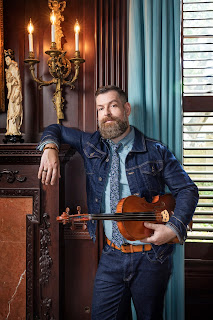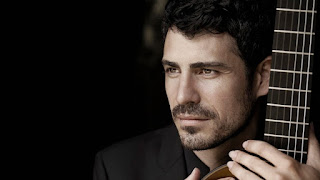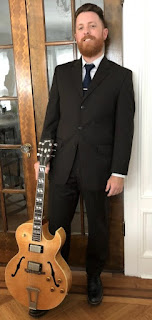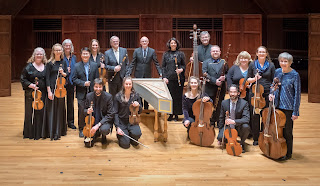Jeremy Pelt paints edge to edge in honoring visual art with his quintet

Creativity across artistic divisions rarely goes from yearning and admiration to a substantial result that seems Jeremy Pelt displayed authenticity and fire as composer-trumpeter. more than mere tribute. Jeremy Pelt's "Rodin Suite" may be an honorable exception. The trumpeter-bandleader and his quintet introduced Indianapolis to the work, the centerpiece of his latest recording, "Jeremy Pelt The Artist," Wednesday night at the Jazz Kitchen . He explained it all just after hitting the bandstand for the first set. When he travels, he likes to visit museums. In Paris, he enjoys returning to the Rodin Museum , whose focus is the genre-shattering sculptor Auguste Rodin (1840-1919). Observing burgeoning artists making sketches on site, Pelt figured that making musical sketches while looking at Rodin's art might be worth doing. The five-part suite that resulted formed the bulk of the Pelt quintet's performance here. The work of his band was exemplary










